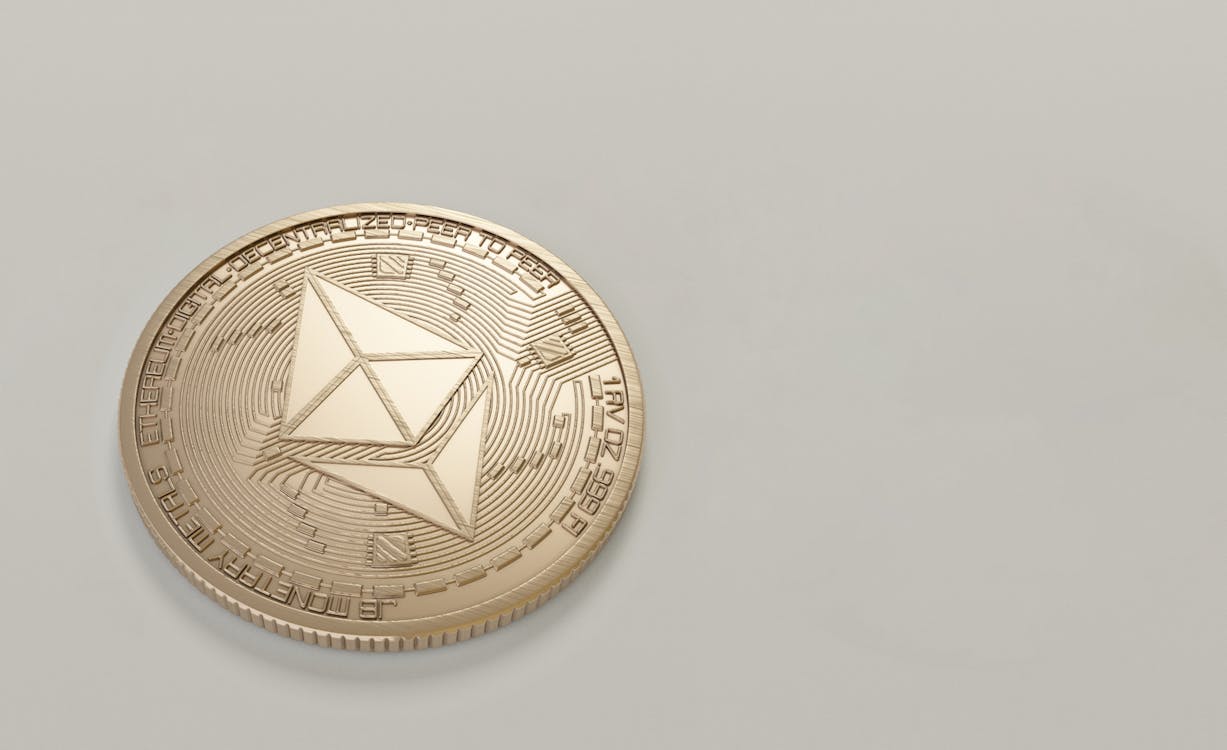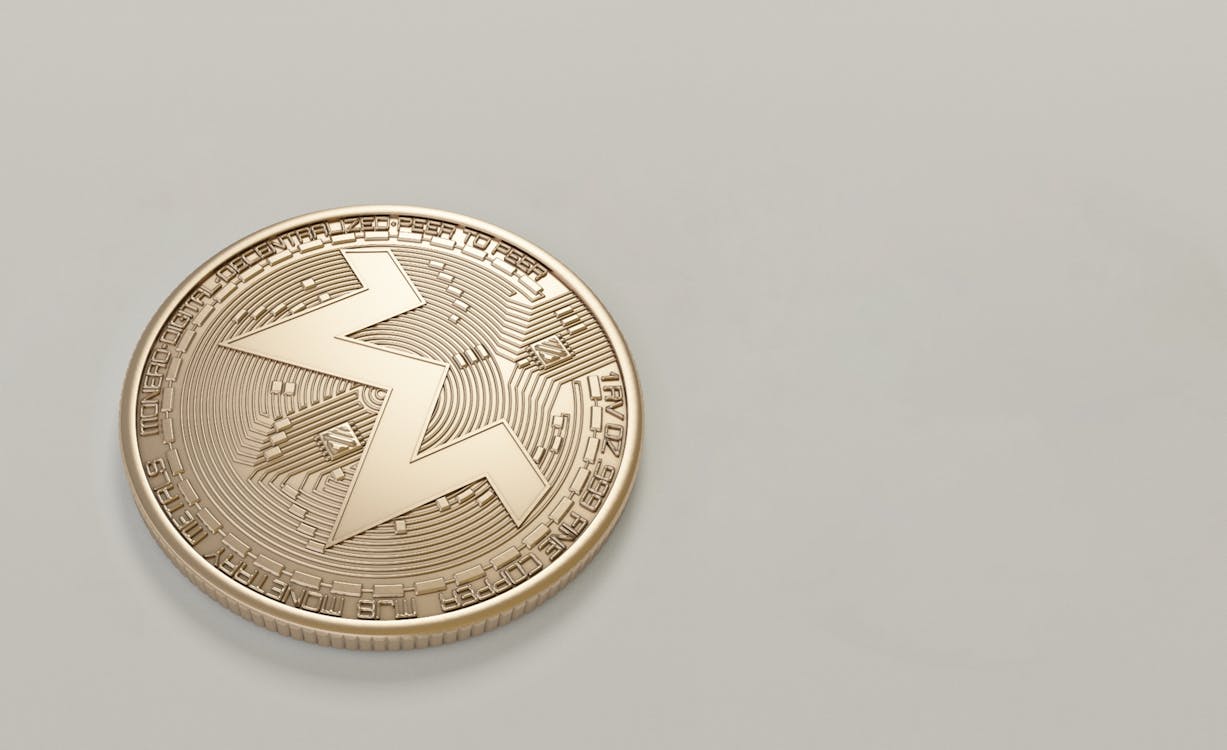One of the best parts of trading cryptocurrency is the fact that you have so many options to choose from. No matter what your opinions are on the future of each coin, there’s bound to be a few that seem like they could easily skyrocket in value over the next few years. But since there are so many out there, it can be hard to know which ones are worth paying attention to, and which ones you should keep an eye on but not get too excited about. Here’s a quick overview of 10 traded cryptocurrencies you should keep an eye on!
Bitcoin (BTC)

Bitcoin was created in 2008 by an unknown person using the alias Satoshi Nakamoto. It is the first decentralized digital currency and is powered by a peer-to-peer technology, meaning that no central bank or authority is involved in creating or regulating it.
Bitcoin rose to fame as its value grew steadily through 2017 and peaked at $19,783 on December 17th before dropping sharply to $13,000.
Bitcoin Cash (BCH)
Bitcoin Cash is a decentralized, peer-to-peer cryptocurrency that is designed with low fees and fast transactions in mind. This coin was released on August 1, 2017 as a hard fork of Bitcoin. What makes Bitcoin Cash different from Bitcoin? The block size for Bitcoin Cash is increased to 8 MB, which allows for more transactions per second than the original block size limit of 1 MB. Additionally, there are no SegWit upgrades or Lightning Network compatibility with this crypto.
Ethereum (ETH)

Ethereum is a decentralized platform that runs smart contracts: applications that run exactly as programmed without any possibility of downtime, censorship, fraud or third party interference. These apps run on a custom built blockchain, an enormously powerful shared global infrastructure that can move value around and represent the ownership of property.
Ripple (XRP)
Ripple is one of the most traded cryptocurrencies in the world. It is a real-time global settlement network that offers banks and payment providers a reliable, on-demand option to source liquidity for cross-border payments.
The Ripple network can handle up to 1,000 transactions per second (TPS), making it the fastest digital asset blockchain in the market today.
Litecoin (LTC)

Litecoin is a peer-to-peer Internet currency that enables instant, near-zero cost payments to anyone in the world. Litecoin is an open source project released under the MIT/X11 license and is not managed by any central authority. Mathematics secures the network and empowers individuals to control their own finances. Litecoins are currently worth US$17.03 each, with a market cap of US$1,436,317,868 (as of July 31st, 2017).
Dash
Dash is a promising cryptocurrency which has grown tremendously in the last few months. It is among the top 10 traded cryptocurrencies, with a market capitalization of over $6 billion at the time of writing. Dash derives its value from two sources- mining and user growth. Dash’s value stems from its ability to maintain low transaction fees and quick confirmation times. The coin was initially released as XCoin in January 2014 before changing its name to Darkcoin just a month later, as it aimed to keep anonymity while making transactions more transparent than Bitcoin’s blockchain technology. In March 2015, Darkcoin was renamed again to simply ‘Dash’ after feedback from users who found it difficult to pronounce or remember the Darkcoin name.
Monero (XMR)

Monero is a private, secure and untraceable cryptocurrency that uses a special kind of cryptography to keep transactions as untraceable as possible. It was created in April 2014 and has quickly risen in popularity because it doesn’t have a central authority which can monitor or control transactions. Transactions on the Monero blockchain cannot be linked to a particular user or real-world identity.
Ethereum Classic (ETC)
Ethereum Classic is a continuation of the original Ethereum blockchain – the classic version preserving untampered history; free from external interference and subjective tampering of transactions. The project retains the same economic properties as Ethereum.
NEO

As a result, NEO can be seen as a smart economy that generates digital assets through the use of smart contracts to form digitized economic activities . The NEO platform is open-source, allowing developers around the world to build on it.
NEM (XEM)
NEM is a peer-to-peer cryptocurrency and blockchain platform launched on March 31, 2015. It uses the POI (Proof of Importance) algorithm to achieve distributed consensus. NEM has a stated goal of a wide distribution model and has introduced new features to blockchain technology such as Eigentrust++ for node reputation and multisignature accounts.

